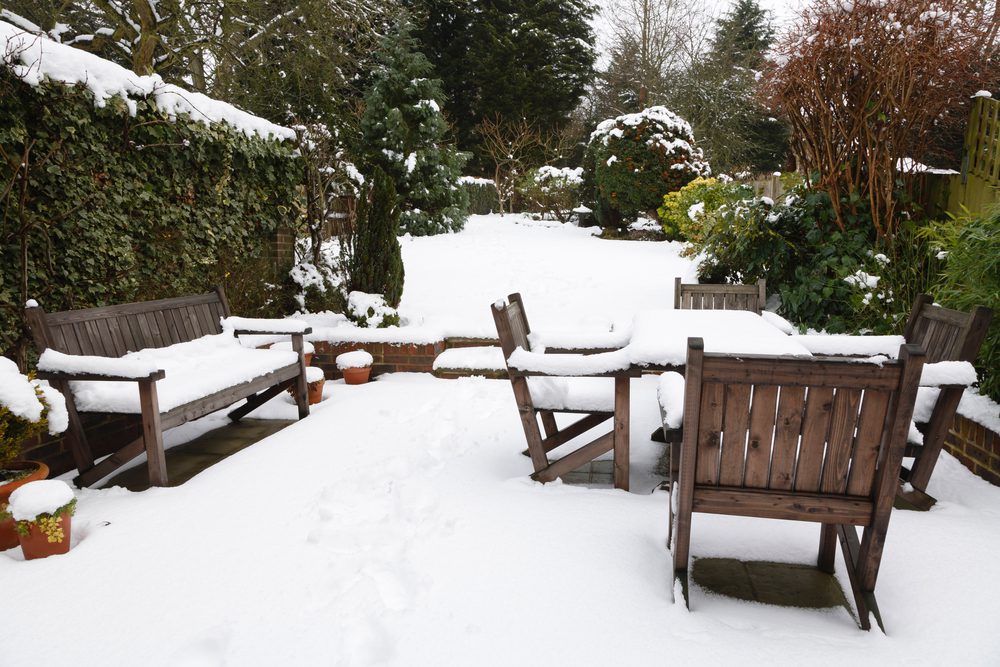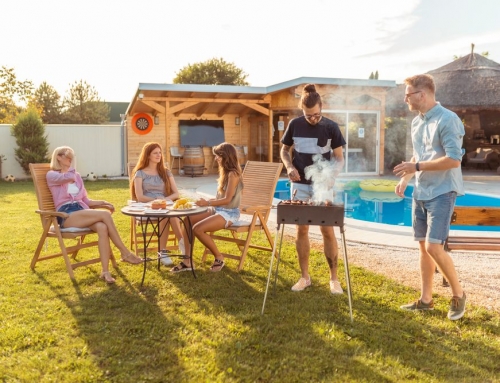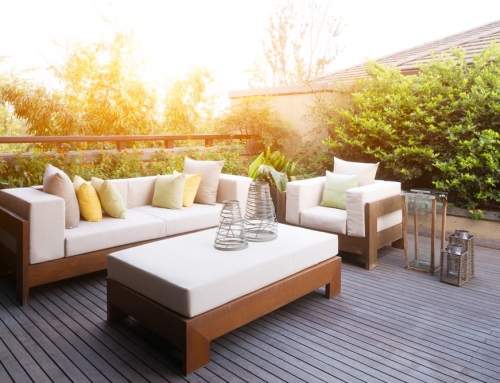We had a great summer. A little hot and humid, but it still allowed for plenty of quality time with the family outside. That’s why it’s bittersweet that we’re preparing for fall already.
This is not the time to start neglecting your outdoor furniture. You want to ensure you have just as much (if not more) fun in the sun next summer; properly caring for your outdoor furniture over winter will help. That’s why we decided to compile this guide for taking care of your outdoor furniture over winter.
WHY WINTER WEATHER IS DAMAGING
Here in Northern Ontario the first problem is the excessive rain we can get in the fall. The wind and rain bring down leaves which can eventually stain furniture and concrete. Sticks and other debris can become a bit of a problem too.
As winter continues to approach, the rain starts to freeze at night. The freeze and thaw we face can damage some materials. Throughout the winter the moisture that’s already accumulating will have mounds of snow piled on top. For some materials that leads to rot, rust, and warping. Others like plastic will become brittle and are more likely to crack.
TO COVER OR TO STORE
If you’re able to store your furniture in a shed or basement, that is likely your safest bet. If there’s limited indoor storage space, prioritize cushions and other soft or delicate materials.
Synthetic wicker and treated teak or cedar are the most weather-proof materials for your outdoor furniture. They’re likely to survive well outside. Fitted outdoor furniture covers are available. They can be a little pricey but are a great option for the pieces you really value. In a pinch, using a large tarp to protect your patio set will help. Be sure to securely tie the tarp to the furniture, but leave the bottom inch or two open to allow for air circulation.
CLEAN AND DRY
Whether you choose to cover or store your outdoor furniture, it needs to be cleaned and dried first. Start by removing twigs, leaves and other debris. Scrub off the dirt and grime. Mild soap and water should be all you need for most pieces, but be sure to check the manufacturer’s instructions.
Additional cleaning tips:
Some cushions have removable slipcovers, wash them, and allow the inside padding/foam to air out.
If your cushions don’t have removable covers, you can probably spray them with a weak bleach solution (one cup of water, a tbsp of bleach and a tbsp of detergent). Spray the solution on to kill any potential mildew, give them a light scrub and then let dry.
Mild detergent can be used on umbrellas. Leave them open after to fully dry, and then be sure to lubricate the switches, pivots, and locks before storing it for the season.
Wash and rinse thoroughly, using a brush to get into small crevices. If there are signs of rust, treat it before storing.
When all this cleaning is done, you’ll want to allow plenty of time for all the materials to fully air out and dry. This will prevent mold and mildew from forming over the winter, spoiling your hard work.








